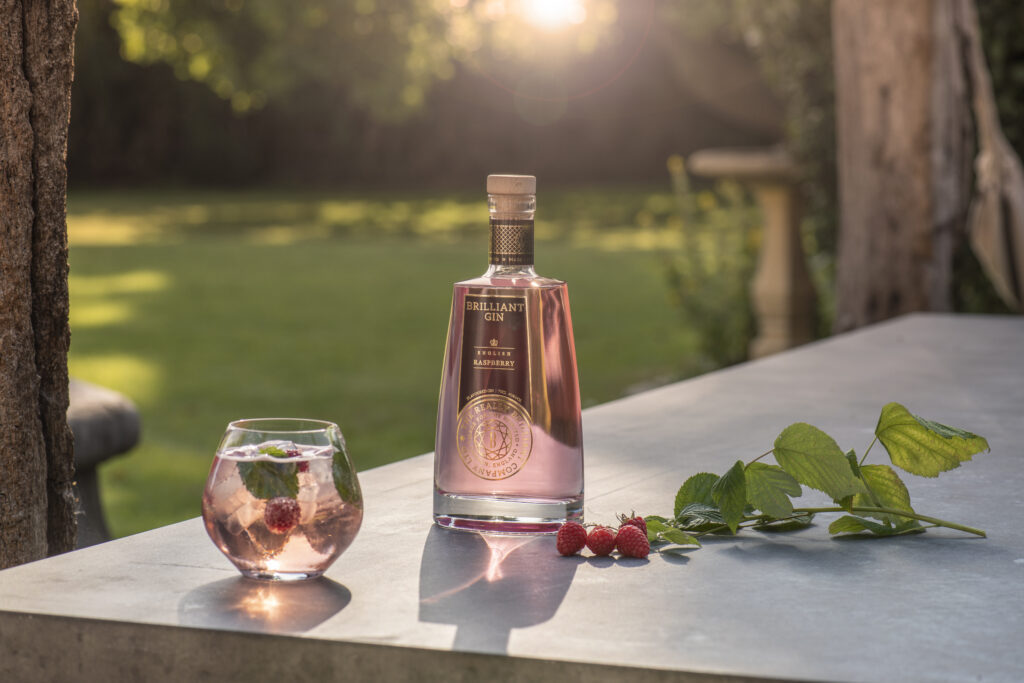From its humble beginnings as a medicinal elixir to the gin palaces of Victorian England and today’s modern artisan distilleries, gin’s history in the UK is a captivating tale of societal evolution, rebellion, and renewal. Let’s take a journey through the annals of time to understand how this spirit became an indelible part of British culture.
Though gin’s origins can be traced back to the Netherlands, where it was known as ‘jenever’, the spirit’s story in the UK begins in the 17th century. After the Glorious Revolution of 1688, when William of Orange took the English throne, the country saw a surge in gin consumption. The Dutch-born king was a fan of jenever, and soon after his ascension, barriers to domestic production were lowered, and taxes on imported spirits were raised.
By the early 18th century, gin was being produced at an unprecedented rate in England. It was cheaper than beer or wine, making it a popular choice among the working classes. This period, often referred to as the ‘Gin Craze’, saw a surge in consumption but also in public drunkenness, crime, and social disorder. Famous prints from the era, such as Hogarth’s ‘Gin Lane’, depicted the dire consequences of excessive gin consumption.
To combat these issues, the government introduced the Gin Act in 1736, imposing high taxes on retailers and leading to riots in the streets. Subsequent acts, with more moderate measures, were introduced, and by the late 1750s, the Gin Craze had waned, in part due to rising grain prices and the growth of tea consumption.
The 19th century saw the emergence of ‘gin palaces’ – lavish and ornate establishments where the middle and working classes could enjoy their favourite spirit in grandeur. With their large mirrored interiors, gas lights, and polished brass, these palaces were a far cry from the dingy gin shops of the previous century.
In the 1830s, Aeneas Coffey invented the column still, which allowed for a purer, more consistent spirit. This innovation paved the way for the creation of London Dry Gin, a style that prioritised the clean, crisp notes of juniper. Despite its name, London Dry Gin doesn’t need to be produced in London, but rather refers to the method of production.
The late 20th and early 21st centuries witnessed a gin renaissance. As consumers began to show a preference for artisanal and craft products, small distilleries sprang up across the UK, each offering their unique take on the classic spirit. With an emphasis on local botanicals and innovative production techniques, gin once again captured the nation’s imagination and palate.
Gin’s journey in the UK is emblematic of the nation’s changing tastes, values, and societal structures. From the tumultuous days of the Gin Craze to the opulence of Victorian gin palaces and the craft distillery boom, this spirit has been a constant companion in the evolving British narrative. As we raise our glasses today, we toast not just to a drink, but to a rich tapestry of history that it represents. Cheers!
Summersday, Spinney Lane, Itchenor, Chichester, West Sussex, PO20 7DJ
T: +44 (0) 1243 513810
Email: brilliant@brilliantgin.co.uk
Sign up today to get monthly gin recipes to your inbox and get 3 free today
Thats not all!
Every Gin Club member gets a 10% discount on our three fabulous Gins
